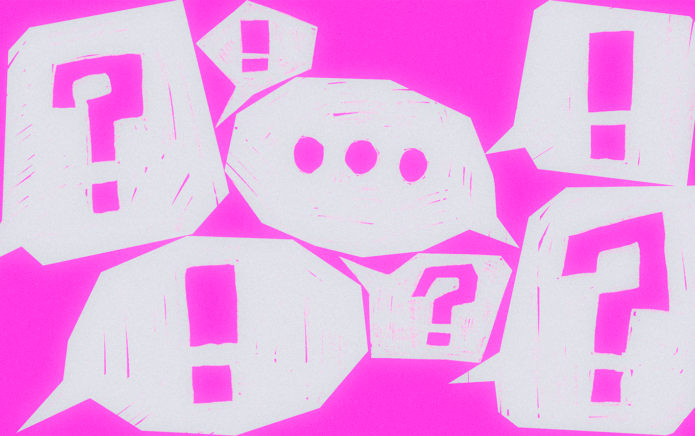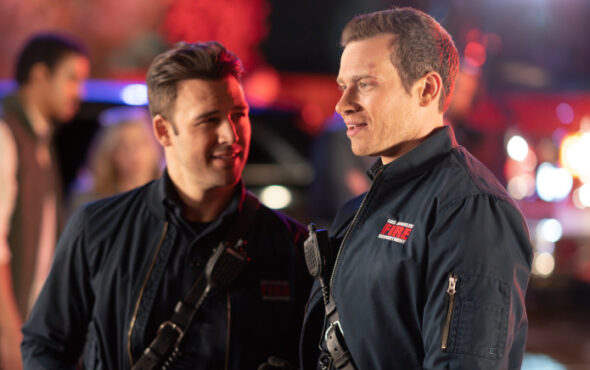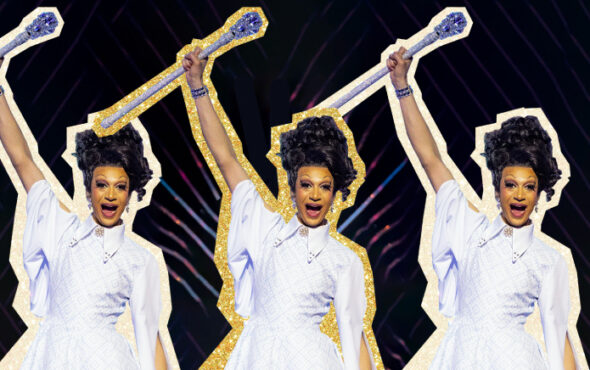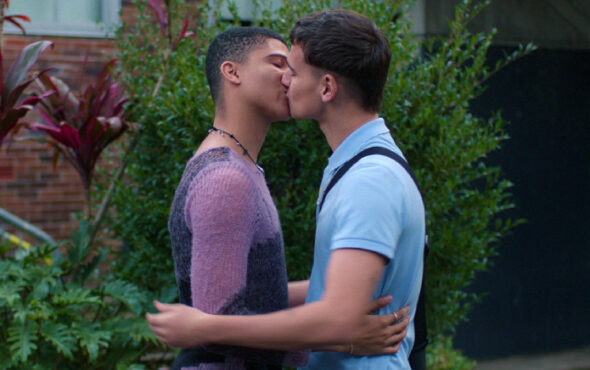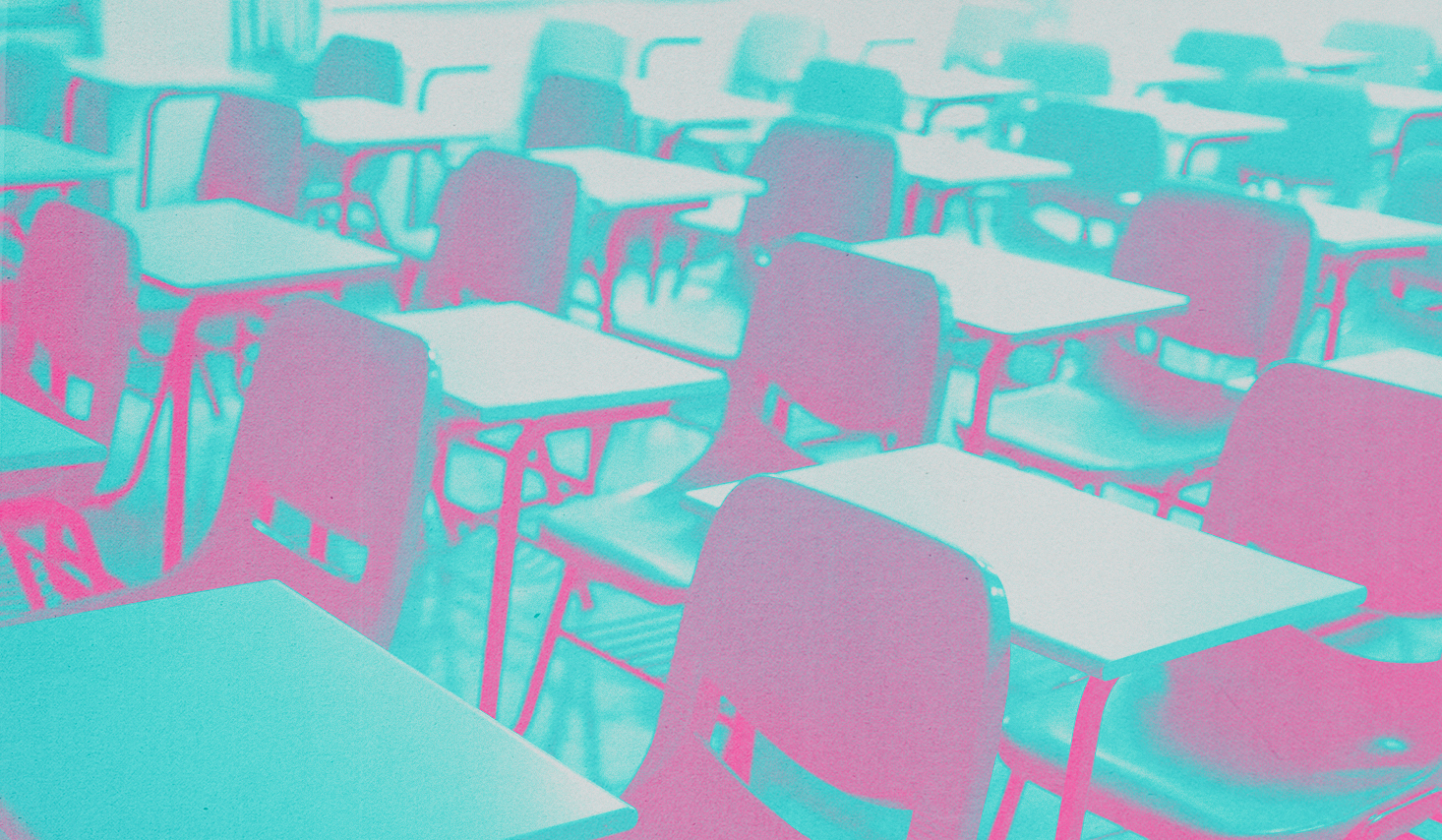
LGBTQIA+ History Month makes me reflect about my own time studying history at school. From as early as primary school, I regularly looked forward to the subject as I found learning about the past a magical experience. For me, it was a way to transport myself from an unhappy life where I was struggling with my sexuality to a completely different time and place.
However, on reflection, the history which we learnt, covering topics from wars to revolutions, missed something crucial – any mention of the LGBTQIA+ community. This absence in my education not only created a gap in my understanding of those brave LGBTQIA+ people who had come before me, but it also fuelled feelings of shame, as history was taught as if LGBTQIA+ people did not exist.
Growing up feeling acutely aware of being different because of my sexuality, I remember feeling even more invisible in the history classroom. Whilst my teachers were ahead of their time in the sense that they made sure to cover other marginalised groups by teaching, for example, the role of women or people of colour in different historical periods, LGBTQIA+ people were never discussed. This silence was deafening to me.
Fast forward to today, and the importance of learning about LGBTQIA+ history, especially in schools, remains. It is not just about a passing mention or a chapter in a textbook; instead, it is about acknowledging and validating the experiences of a community which has for so long been marginalised and relegated to the periphery.
Most importantly, for me, including LGBTQIA+ history in education helps LGBTQIA+ students who may be struggling with their identity. It does this by reinforcing that LGBTQIA+ people have always existed and that their feelings and experiences are valid.
Moreover, it is empowering to know that there are people like us who have helped pave the way by making significant contributions to society, like Alan Turing, and fighting for our rights, like Marsha P Johnson, despite the many societal constraints placed on them. By learning about figures like these, it helps young LGBTQIA+ people to have powerful role models, and reinforces the idea that they too can chart their own path and make a difference.
Including LGBTQIA+ history in the classroom is crucial to break down stereotypes and misconceptions which have often plagued our community. For example, throughout the AIDS epidemic, there was misinformation and fear which led to the stigmatisation of the LGBTQIA+ community, fuelling the characterisation of the AIDS epidemic as the “Gay Plague”. By looking at the AIDS epidemic in a more holistic way when learning about it, we can challenge stereotypes which unfairly blame or stigmatise individuals based on their sexual orientation, helping to dispel misconceptions which may associate AIDS with certain behaviours or communities without considering the broader picture.
Ultimately though, incorporating LGBTQIA+ perspectives into history is not just about acknowledging the past through a more inclusive lens but also about looking to a future which is more accepting of those who are different.
By teaching students about LGBTQIA+ history, they can look at the world in a new way, particularly by learning from the personal stories of LGBTQIA+ people. In this way, the personal narrative of LGBTQIA+ individuals can breathe life into topics which are not often given airtime, humanising the struggles and triumphs of the community.
Yet, the path to learning more about LGBTQIA+ history is not without its challenges. As we continue to advocate for a more inclusive education which provides a more comprehensive and honest account of history, it is important to remember the profound impact it can have on young people. Just as learning about the struggles and achievements of other marginalised groups affected my understanding and empathy for them, so too will learning about LGBTQIA+ history.
Looking to the future, let’s ensure that LGBTQIA+ history is not just a footnote or an elective subject but a fundamental part of our education system where more students can feel seen, understood, and valued. Then, we can shine a light on areas of the past which are often overlooked to pave the way for a more inclusive future.
Rich volunteers as an ambassador for Just Like Us, the LGBTQIA+ young people’s charity. LGBTQIA+ and aged 18 to 25? Sign up here!
